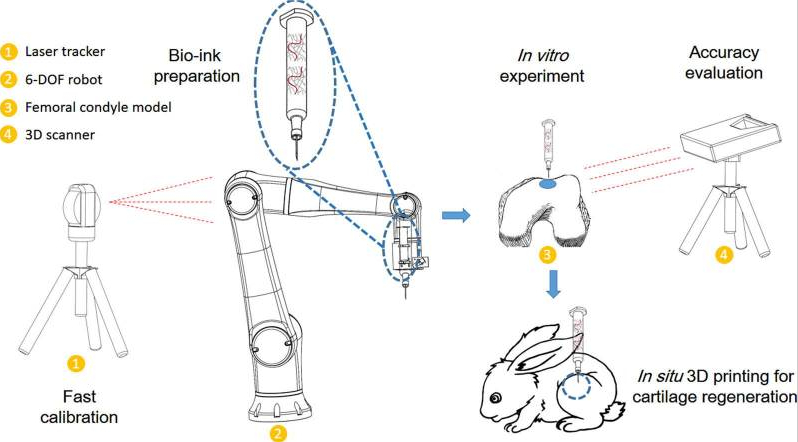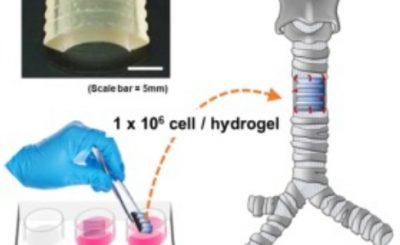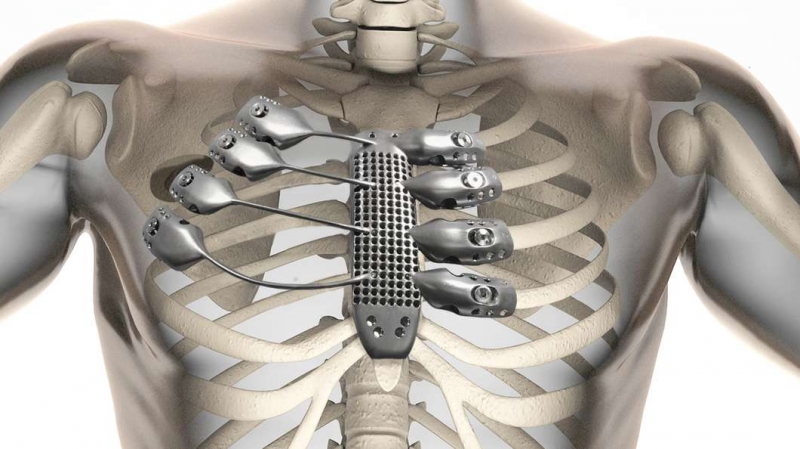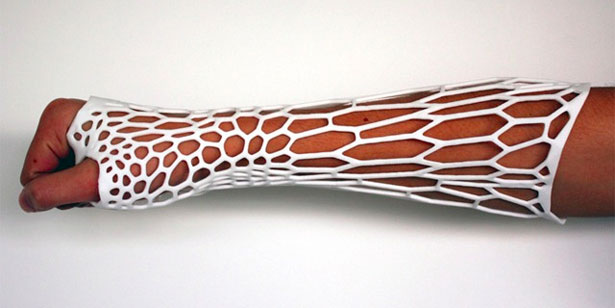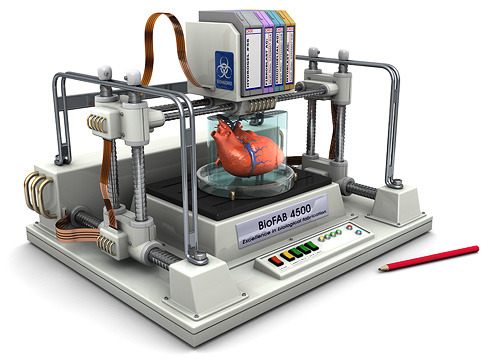A group of researchers in China have proposed a new robotic-assisted in situ 3D printing – Application of robotic-assisted in situ 3D printing in cartilage regeneration with HAMA hydrogel- with the goal of developing in situ 3D bio-printing system to help to promote cartilage regeneration .
The concept of in situ 3D bio-printing was previously reported, while its realization has still encountered with several difficulties. The present study aimed to report robotic-assisted in situ 3D bio-printing technology for cartilage regeneration, and explore its potential in clinical application. A six-degree-of-freedom (6-DOF) robot was introduced in this study, and a fast tool center point (TCP) calibration method was developed to improve printing accuracy. The bio-ink consisted of hyaluronic acid methacrylate and acrylate-terminated 4-armed polyethylene glycol was employed as well. The in vitro experiment was performed on a resin model to verify the printing accuracy. The in vivo experiment was conducted on rabbits to evaluate the cartilage treatment capability.
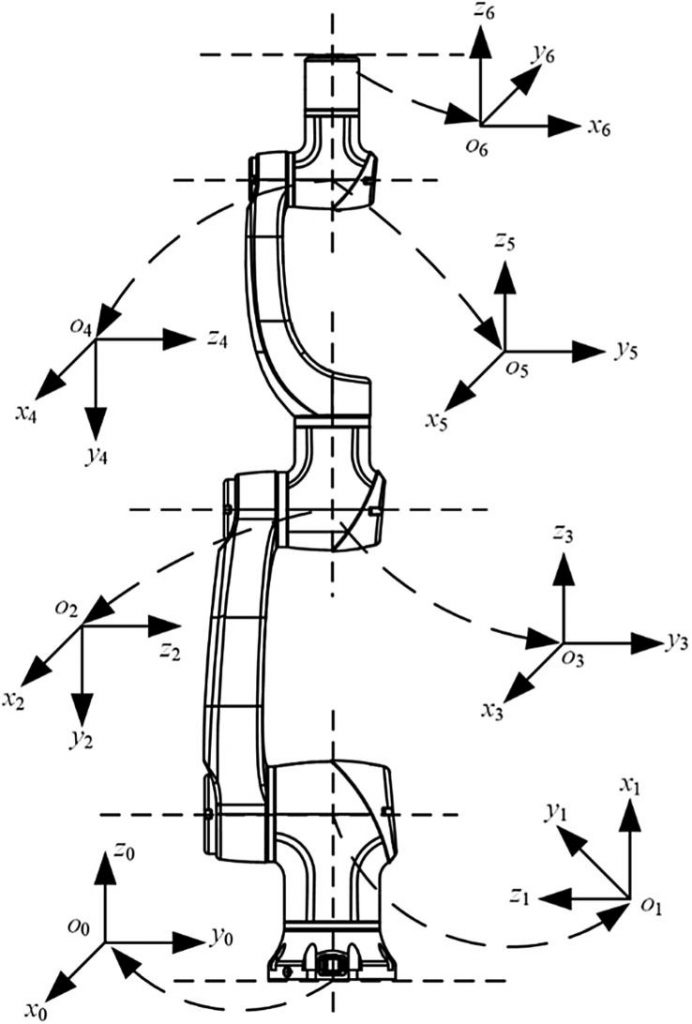
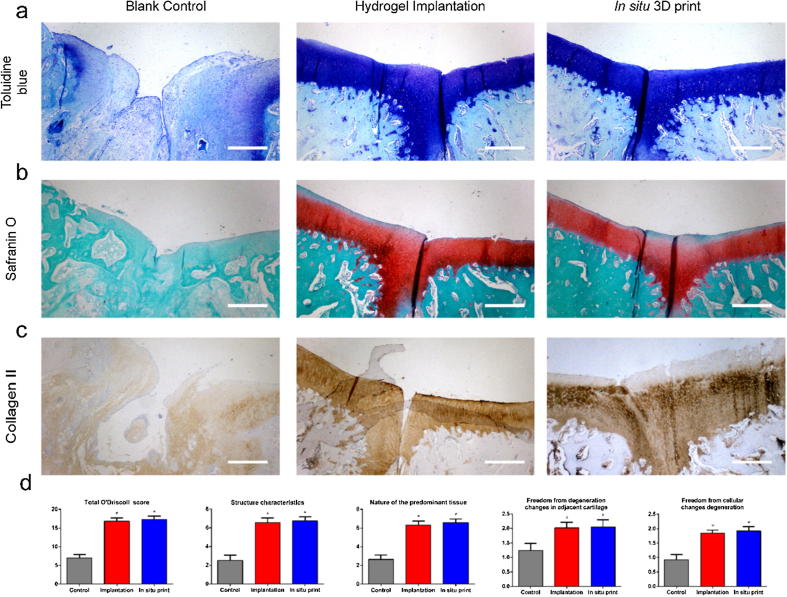
According to their results, the accuracy of the robot could be notably improved, and the error of printed surface was less than 30 μm. The osteochondral defect could be repaired during about 60 s, and the regenerated cartilage in hydrogel implantation and in situ 3D bio-printing groups demonstrated the same biomechanical and biochemical performance. The group of researchers in China found that cartilage injury could be treated by using this method. The robotic-assisted in situ 3D bio-printing is highly appropriate for improving surgical procedure, as well as promoting cartilage regeneration.
Reference: Ma K, Zhao T, Yang L, et al. Application of robotic-assisted in situ 3D printing in cartilage regeneration with HAMA hydrogel: An in vivo study. J Adv Res. 2020;23:123–132. Published 2020 Jan 28. doi:10.1016/j.jare.2020.01.010
Source: https://www.ncbi.nlm.nih.gov/pmc/articles/PMC7030996/
